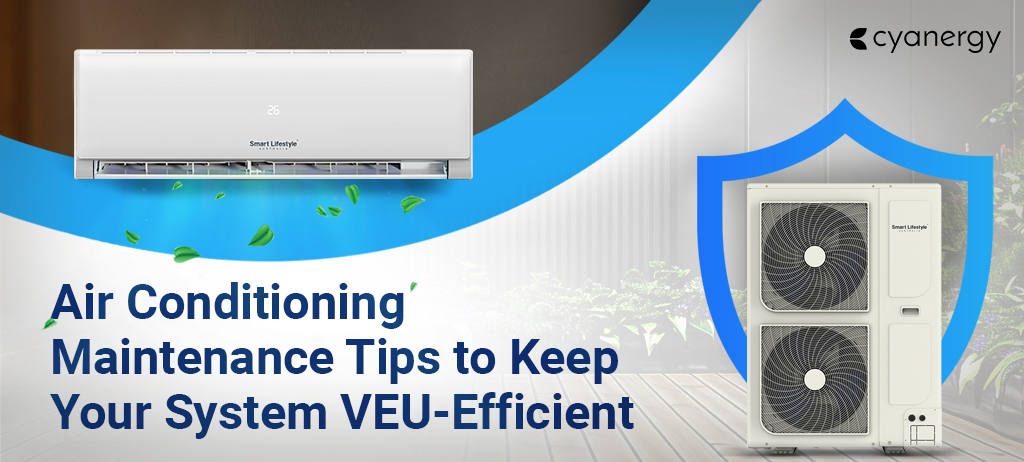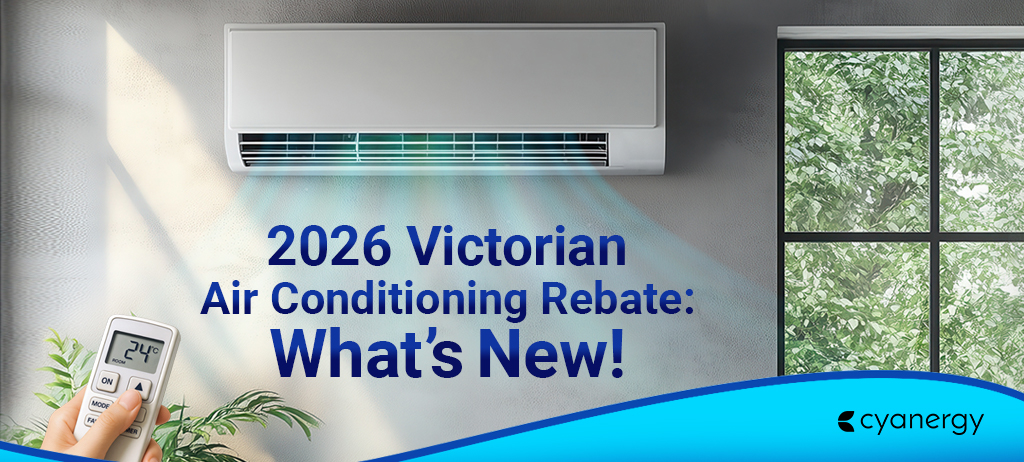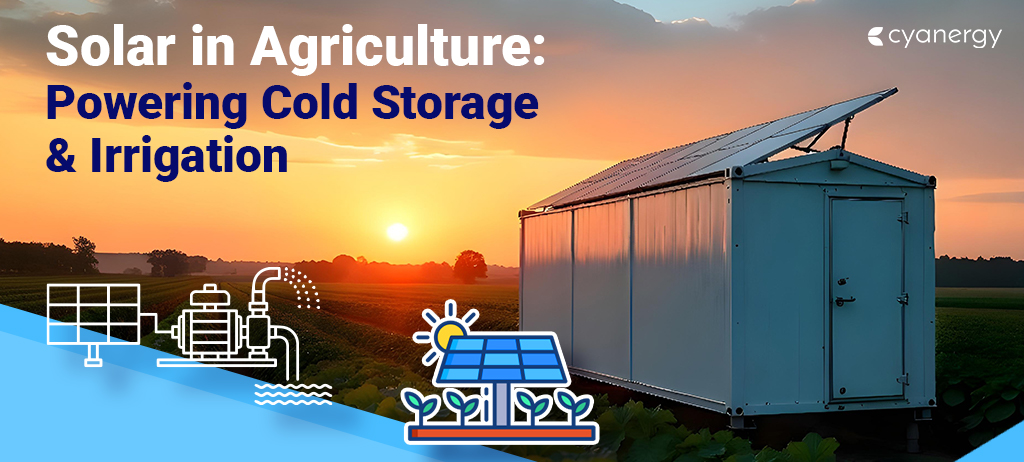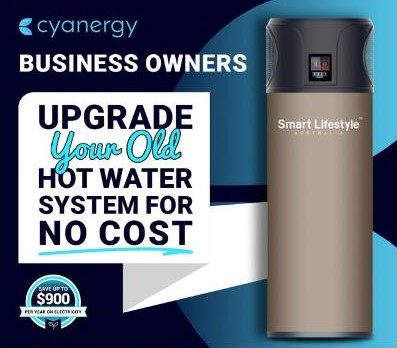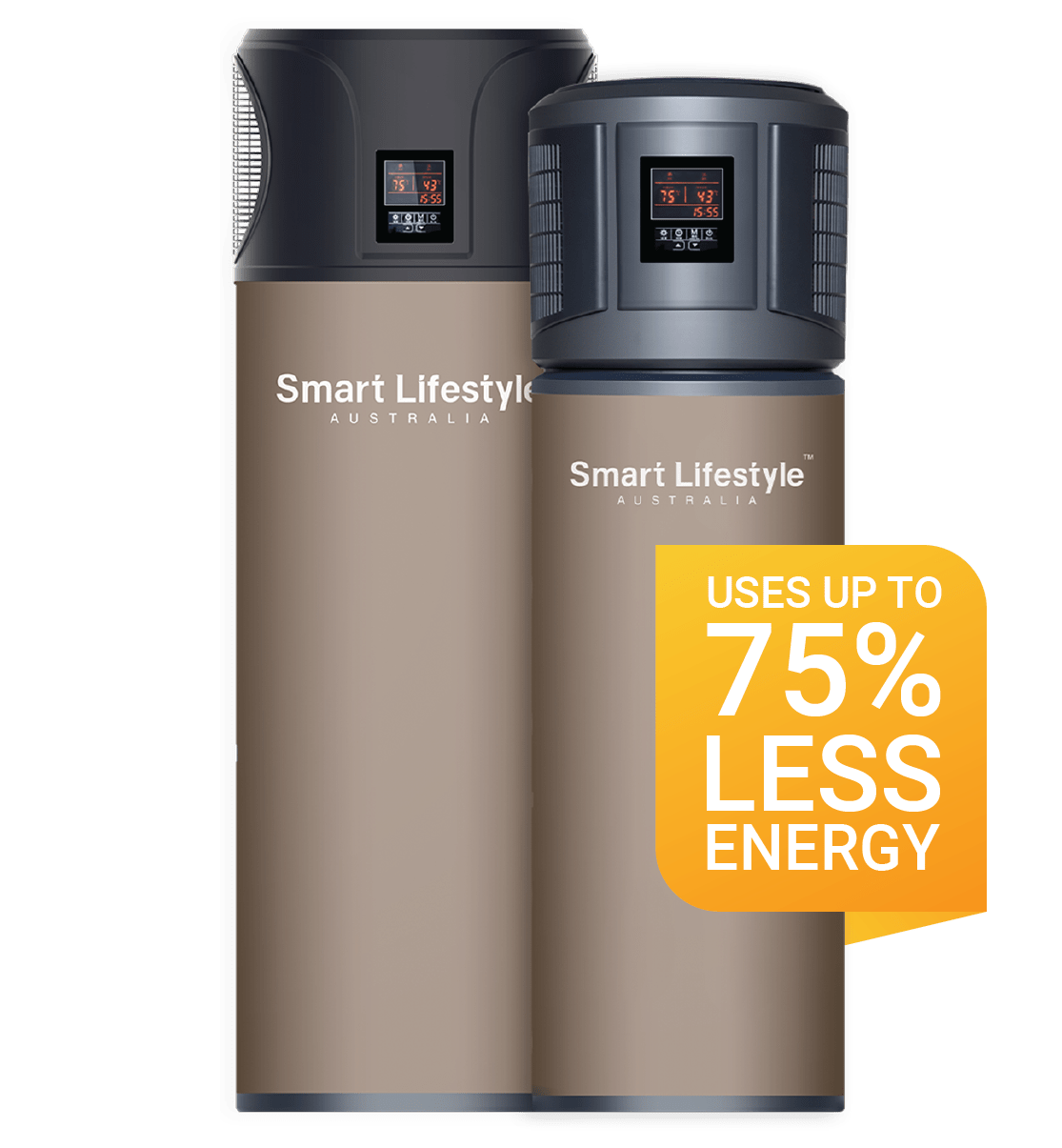As energy prices keep rising in Australia, businesses struggle with higher costs. Whether you run a small shop or a big factory, energy bills can significantly affect your profits.
The good news is that you can take simple steps to cut these costs without hurting your business operations.
This guide will provide the best energy-saving tips for commercial properties in 2025 and beyond. There are many ways to use less energy in your business, such as choosing the right equipment and using it wisely.
Once you understand how much energy your business uses, you can make smart upgrades and changes to lower costs.
By following these energy-saving tips, you can avoid expensive fines for breaking regulations and stop unnecessary energy waste. But before getting into the tips, we will get to some basics that will help you save energy.
What Causes Energy Waste in Commercial Buildings?
If you want to save energy in a commercial building, follow a straightforward process.
Start by checking for problem areas, as energy loss often happens when appliances are old or damaged.
But that’s not the only issue—before tackling big problems, take care of the smaller ones first, such as:
Unnecessary Power Use
Many leave chargers or lights on for convenience, wasting energy.
Outdated Light Bulbs
Poor Building Design
How to Reduce Energy Use in Commercial Buildings| Understanding Energy Usage Patterns
You might not even have the right tools to track where most of your energy is going. To improve energy efficiency, you must take short-term and long-term steps.
And it all starts with a plan.
Step 1: Track Your Energy Use
If you rent an office or share a space, it can be challenging to determine precisely how much energy your business uses.
Since energy bills are often averaged over the year, researching can help you save money in the long run.
Energy Management Software can give you a clear picture of your electricity and gas usage.
Step 2: Find Energy-Wasting Appliances
Understanding which appliances use the most energy is key to saving costs.
Old or damaged equipment can use more power than necessary and may fail soon, leading to more significant expenses later. Replacing it early can help avoid these costs.
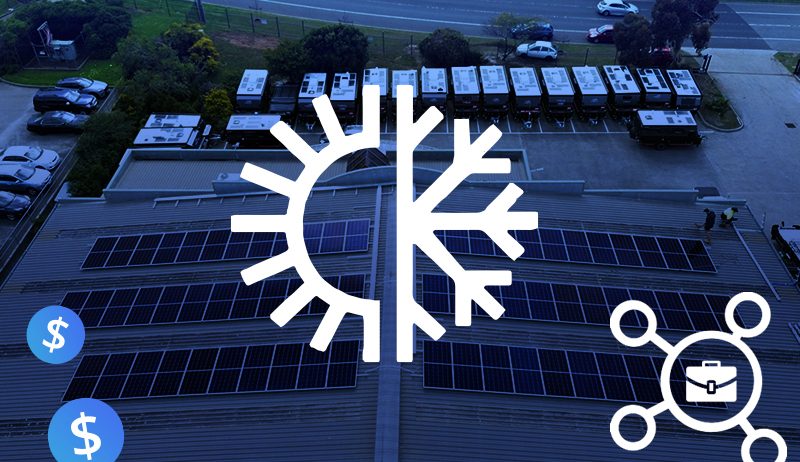
Step 3: Make an Energy-Saving Plan
Once you know where energy is being wasted, it’s time to make changes. Here are some ideas:
- Switch to LED bulbs: They use much less energy and can last up to 25,000 hours.
- Use lighting sensors and timers: Lights will turn on only when needed and switch off automatically.
- Install solar panels: They provide a free and renewable energy source, reducing dependence on the power grid.
Step 4: Control Energy Usage
Step 5: Keep Monitoring Your Equipment
Energy savings will not last without regular maintenance. Once you’ve made improvements, track repairs and energy use over time.
Space management strategies and energy tracking systems will help ensure all new and old appliances run efficiently.
Best Energy-Saving Tips for Commercial Properties in 2025
Change Energy Habits
To make the most of your energy-saving efforts, encourage everyone in the building to do their part.
This means reminding tenants, employees, and visitors to turn off lights and devices when unnecessary. You can do this through signs, meetings, or even small incentives.
Use More Natural Light
Did you know lighting is one of commercial buildings’ most significant energy expenses?
A simple way to reduce costs is to use more sunlight. Consider adding bigger windows or removing dark curtains to let in more natural light. This will reduce the need for artificial lighting during the day.
Install Smart Meters
Switch to a Better Energy Source
If you manage a property, find sustainable energy sources, such as green energy providers or solar panels. These options reduce environmental impact and can lead to long-term savings.
Lighting the Way to Savings
One of the easiest ways to reduce energy consumption is to upgrade your lighting. Replacing old incandescent and fluorescent bulbs with LED lights can significantly reduce energy use by up to 75%.
LEDs also last much longer, which means lower maintenance costs in the long run. If windows haven’t been installed already, upgrading them to double or triple-glazing is another effective step.
This helps with insulation, stabilising indoor temperatures and reducing heating and cooling costs. Maximising natural light can also make a big difference.
Strategic window placement, skylight addition, and reflective material use can brighten spaces without relying on artificial lighting.
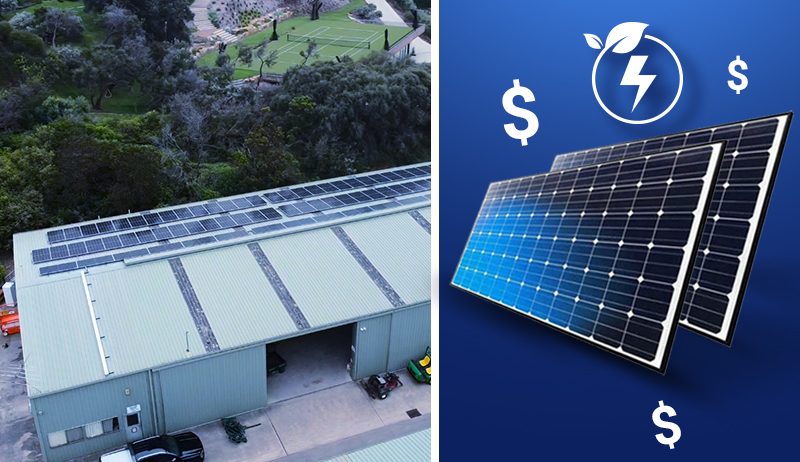
Heating and Cooling
Heating and cooling systems are major energy consumers, but simple adjustments can improve efficiency.
Dividing a building into different zones and adjusting temperatures based on how often each area is used can prevent unnecessary energy waste. For example, rarely occupied spaces don’t need to be heated or cooled as frequently as high-traffic areas.
Air leaks around windows, doors, and ducts should be sealed to prevent drafts and heat loss. This helps maintain a comfortable indoor temperature without overworking heating and cooling systems.
Adding insulation and using simple draught excluders can also improve temperature control. Installing smart thermostats is another excellent way to manage energy use efficiently.
Plug It In, then Power Down
Electricity is often wasted without people’s knowledge, mainly when electronic devices use power, even when switched off.
One way to prevent this is to use power strips with on/off switches, which can completely cut energy use when devices aren’t in use. Replacing outdated equipment with newer, more energy-efficient models also helps lower electricity consumption.
Many modern appliances have energy-saving features, like to-sleep modes and adjustable speed settings. Encouraging employees to activate sleep functions on computers and monitors when inactive can reduce waste.
Switching to cloud-based solutions instead of relying on local servers can reduce unnecessary energy use.
Solar Energy Systems: A Smart and Sustainable Choice
Commercial Solar energy is a cost-effective and eco-friendly way to power commercial properties. By harnessing sunlight, businesses can reduce dependence on grid electricity, lower utility bills, and minimise their carbon footprint.
Once installed, solar panels generate electricity at no extra cost, leading to long-term savings. Many governments offer incentives, tax credits, and rebates to reduce installation expenses, making solar a wise investment for businesses looking to cut costs.
Commercial Solar systems are scalable, allowing businesses to start small and expand as needed. Battery storage technology also enables energy use at night or during cloudy periods, improving efficiency and independence.
Beyond savings, adopting solar energy enhances a company’s sustainability efforts and reputation. Consumers increasingly support eco-conscious businesses, making solar power a valuable step toward corporate responsibility.
Tips for Improving Commercial Building Energy Efficiency
Keeping Your HVAC System Efficient
Regular HVAC system maintenance is key to keeping it running smoothly and efficiently. Like any machine, HVAC units wear down over time, and if they are not checked regularly by a professional, certain parts may stop working correctly.
Components such as coils, fans, and belts must be in top condition to prevent the system from overworking, which can waste energy.
A technician’s routine system inspection is the best way to ensure everything functions correctly and catch any issues, such as leaks.
Improving Energy Efficiency by Sealing Your Building
A well-sealed and insulated building helps HVAC systems work more efficiently by preventing air leaks and stabilising indoor temperatures.
Simple steps, such as closing windows and doors while the HVAC runs, can prevent unnecessary energy loss. Installing tinted windows can also reduce direct sunlight, keeping the space naturally cooler.
Improving insulation in walls, ceilings, and floors can minimise heat transfer, making it easier to maintain comfortable indoor temperatures without overusing the HVAC system.
Properly sealing air ducts is also essential, as leaks in the ductwork can cause significant energy waste. Adding door sweeps or seals to exterior doors can further prevent drafts and air leaks, helping to maintain indoor comfort with less energy use.
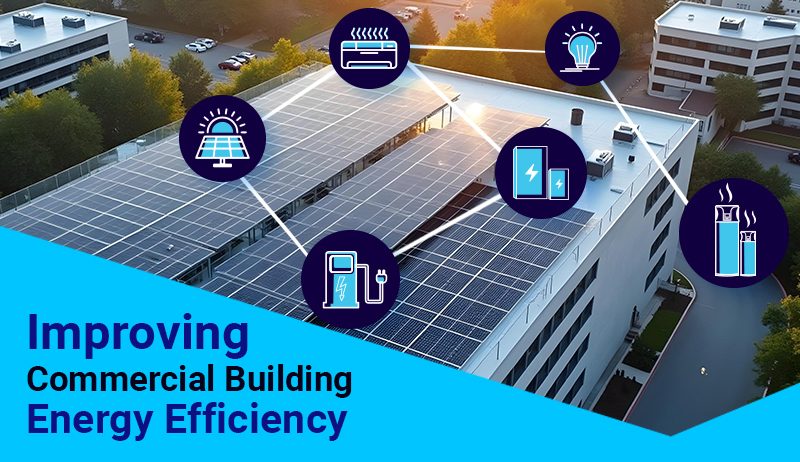
Using Smart HVAC Controls for Better Efficiency
Smart HVAC controls help reduce energy consumption by automatically adjusting heating, cooling, and ventilation based on real-time conditions.
These advanced systems use sensors and intelligent programming to regulate temperatures based on occupancy, weather, and time of day.
This prevents HVAC units from running unnecessarily in empty rooms or during off-peak hours. They can also create a more efficient energy plan with other building management systems.
By analysing usage patterns, smart controls help identify areas where energy can be saved, ensuring the HVAC system operates only when needed. This not only lowers electricity costs but also extends the lifespan of HVAC equipment by reducing unnecessary wear and tear.
Contact Cyanergy for any assistance. Talk to an expert for more tips and get a free quote.
